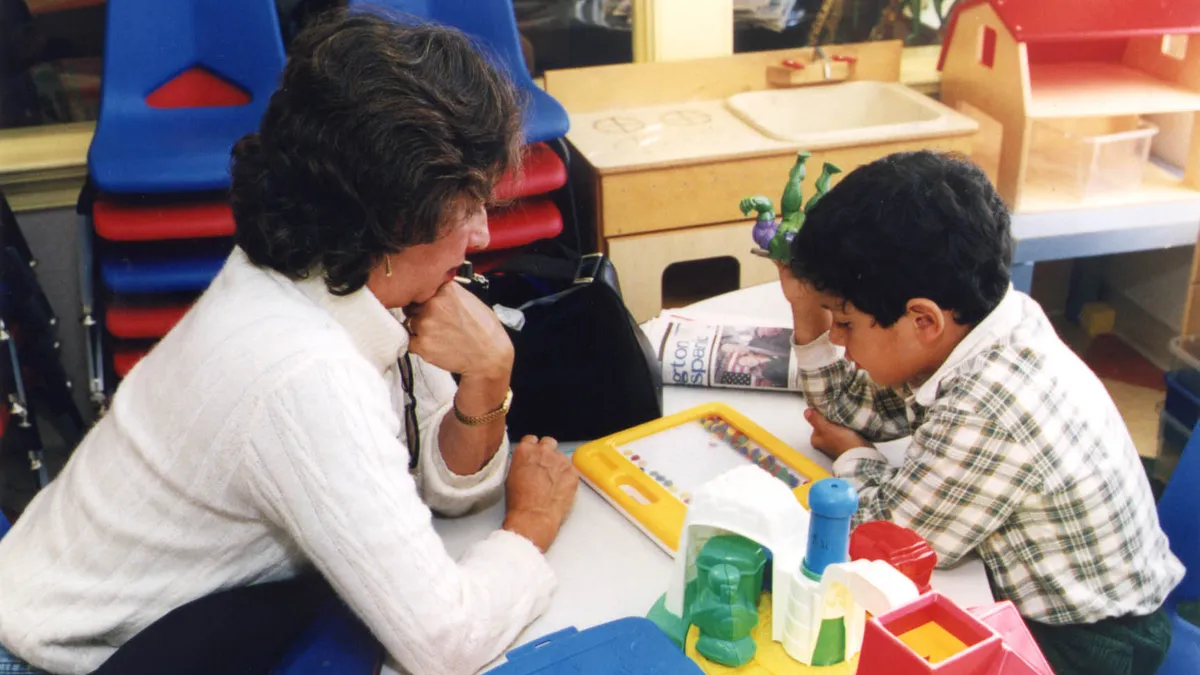Dive Brief:
- Roughly 1,400 school districts in the country currently operate under compliance agreements with the federal Department of Education's office for civil rights, agreements intended to eliminate discrimination based on race, sex, gender or other attribute.
- Education Week reports that those districts often struggle to course-correct but some have begun to refine their approach, using research and a detail-oriented approach.
- For example, Adams 14 school district, in Colorado, where discrimination against the district's Latino majority was prevalent, has been working on training teachers to lead difficult conversations and encourage empathy. A survey that seeks to identify bias is here.
Dive Insight:
Over the last few years, research on discrimination has shifted away from more blatant examples of racism, sexism and ableism to the smaller actions that perpetuate unwelcoming cultures for students from different backgrounds. The shift could help districts like Adams 14 succeed where others have often failed.
"There's this sense that people can be colorblind, gender-blind, and that's just not how the mind works," Calvin K. Lai, a Harvard University researcher who studies bias, told Education Week. "Implicit bias is effortless and very fast." Teachers working with students have to create structures to ensure that they and their students are not engaging in the mental shortcuts that can perpetuate stereotypes and stand in the way of student success.
The ideas tie in with discipline, as well. The school-to-prison pipeline has drawn attention in recent years, thanks in part to attention from President Barack Obama. The research into discrimination and bias helps explain why minority students are disproportionately targeted. "Race and gender influence whether a student's action is seen as silly or transgressive, a minor annoyance or in need of intervention," researchers John B. Diamond and Amanda E. Lewis write in Despite the Best Intentions: How Racial Inequity Thrives in Good Schools, which is cited in the Education Week article.






 Dive Awards
Dive Awards






